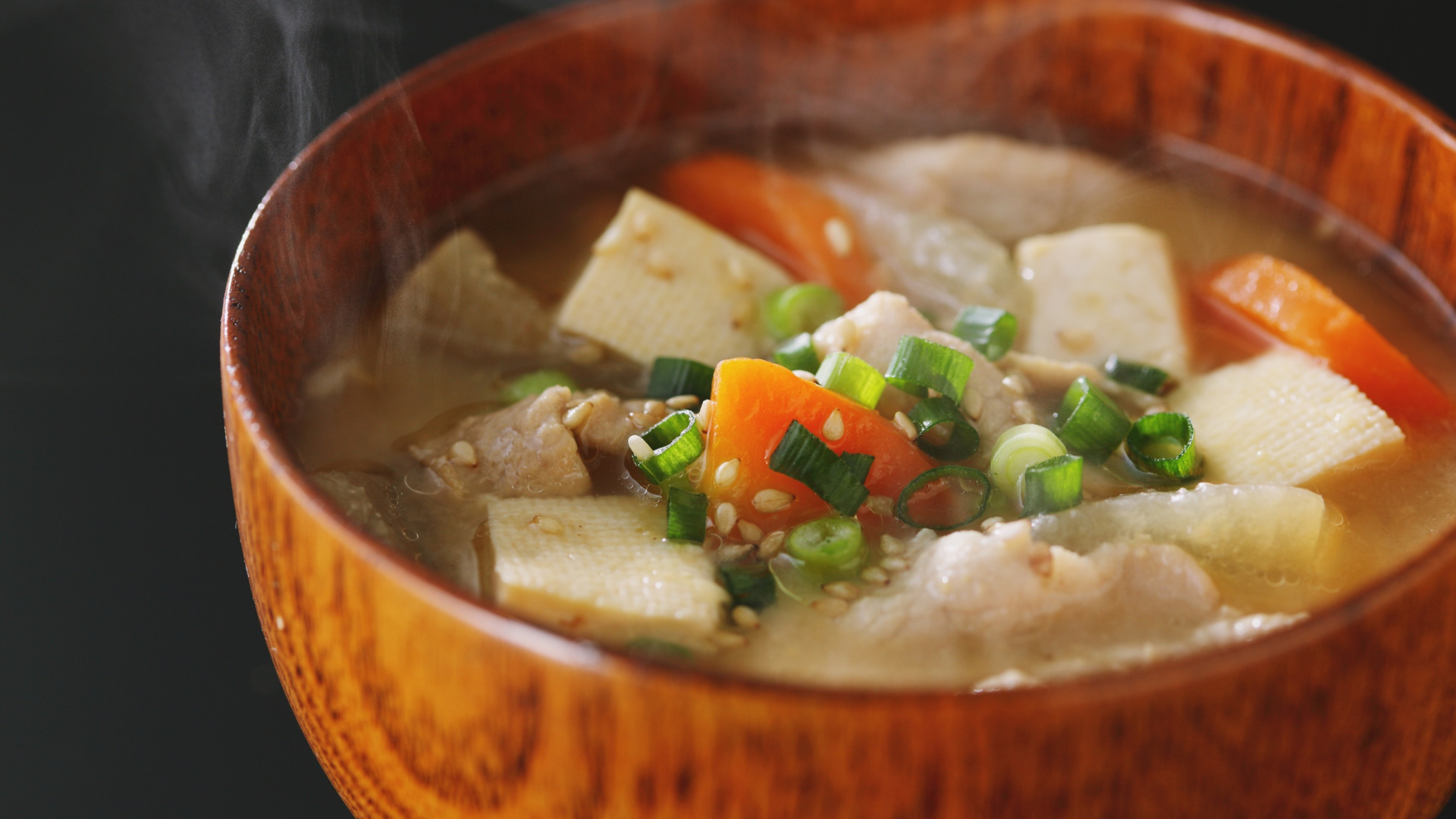Introduction
Diabetes is a chronic metabolic condition characterized by high blood sugar levels, resulting from issues with insulin production or function. While conventional medicine offers well-established treatments and lifestyle guidelines, an increasing number of people are exploring complementary approaches. Traditional Chinese Medicine (TCM) offers a holistic framework that focuses on balancing the body’s energy (Qi) and harmonizing organ functions to support overall health, including in individuals with diabetes.
Understanding Diabetes from a Western Perspective
Diabetes is generally classified into two main types: Type 1, which involves an autoimmune destruction of insulin-producing cells, and Type 2, where the body develops resistance to insulin. Both types, if not managed properly, can lead to complications affecting the heart, kidneys, eyes, and nerves. Conventional treatments include medications, insulin therapy, dietary changes, and regular physical activity. However, managing diabetes is often a lifelong journey that requires addressing multiple aspects of health.
The TCM Perspective on Diabetes
In TCM, diabetes is often considered under the broader category of “Xiao Ke” (消渴), which translates to “wasting and thirsting disorder.” TCM practitioners view diabetes as a manifestation of imbalances—such as deficiencies in Yin (nourishing, cooling aspects) and disturbances in the flow of Qi and fluids—that result in the body’s inability to properly regulate energy and moisture. Rather than focusing solely on blood sugar levels, TCM aims to restore overall harmony within the body.

TCM Approaches to Diabetes Management
Herbal formulas play a central role in TCM treatment. Specific herbs are selected based on an individual’s unique pattern of imbalance. Commonly used herbs include:
- Coptis (黄连 Huang Lian): Often used for its anti-inflammatory properties, to help detoxify the body and lower blood sugar levels.
- Ginseng (人参 Ren Shen): Employed to strengthen Qi and improve metabolic function.
- Bitter Melon/Gourd (苦瓜 Ku Gua): Although known in both Eastern and Western traditions, bitter melon is used in TCM to help regulate blood sugar levels and improve digestion.
- Processed Rehmannia Roots (熟地黄 Shu Di Huang): Often included in formulas aimed at nourishing Yin and supporting the kidneys, which play a crucial role in fluid metabolism.
- Astragalus (黄芪 Huang Qi): Boosts the immune system and improves insulin sensitivity.
- Herbal formulas are typically individualized, meaning that the combination and dosage of herbs are tailored to the patient’s constitution and specific symptoms.
2. Acupuncture and Moxibustion
Acupuncture is another common TCM modality that may help in diabetes management by stimulating specific points on the body to improve energy flow and organ function. Studies suggest that acupuncture might help reduce insulin resistance, relieve stress, and improve overall well-being. Moxibustion—where dried mugwort (moxa) is burned near the skin—may further aid in warming the body, boosting circulation, and reinforcing the effects of acupuncture.
3. Dietary Therapy
Diet is a key component in TCM. For individuals with diabetes, TCM dietary recommendations typically emphasize:
- Eating warm, unprocessed, and cooked foods to support the Spleen and digestion.
- Avoiding excessive sugar, cold, and raw foods.
- Incorporating bitter foods like bitter melon and artichoke, which are believed to help regulate blood sugar.
TCM dietary therapy also includes personalized suggestions based on an individual’s energetic constitution and the phase of their condition.
4. Lifestyle and Mind-Body Practices
Stress management is crucial in both Western and Eastern paradigms of diabetes care. TCM practitioners often recommend practices such as Tai Chi, Qi Gong, or meditation. These mind-body exercises can help reduce stress, improve circulation, and support the body’s natural healing processes.

Integrating TCM with Conventional Medicine
An integrative approach combines the strengths of both conventional diabetes management and TCM. For instance, while medications and insulin therapies remain essential for many, TCM modalities may offer additional support in managing complications, improving quality of life, and reducing stress. It is vital for patients to work closely with both their endocrinologist and a qualified TCM practitioner to ensure that treatments are complementary and safe.
Safety and Considerations
Before incorporating TCM treatments, individuals with diabetes should consult with healthcare professionals. Herbal medicines can interact with conventional drugs, and personalized treatments require proper diagnosis according to TCM principles. Transparency about all treatments being used is essential to ensure the safety and effectiveness of an integrative approach.
Conclusion
Diabetes management is complex and multifaceted. Traditional Chinese Medicine offers a holistic perspective by aiming to restore balance and improve overall well-being rather than focusing solely on blood sugar levels. When combined with conventional treatment methods, TCM may provide valuable support in managing the challenges of diabetes. As research in integrative medicine continues to evolve, many find that the synergy between these two approaches offers a promising pathway to improved health and quality of life.


Very good😃👍
Thank you this was a very helpful article!🙏